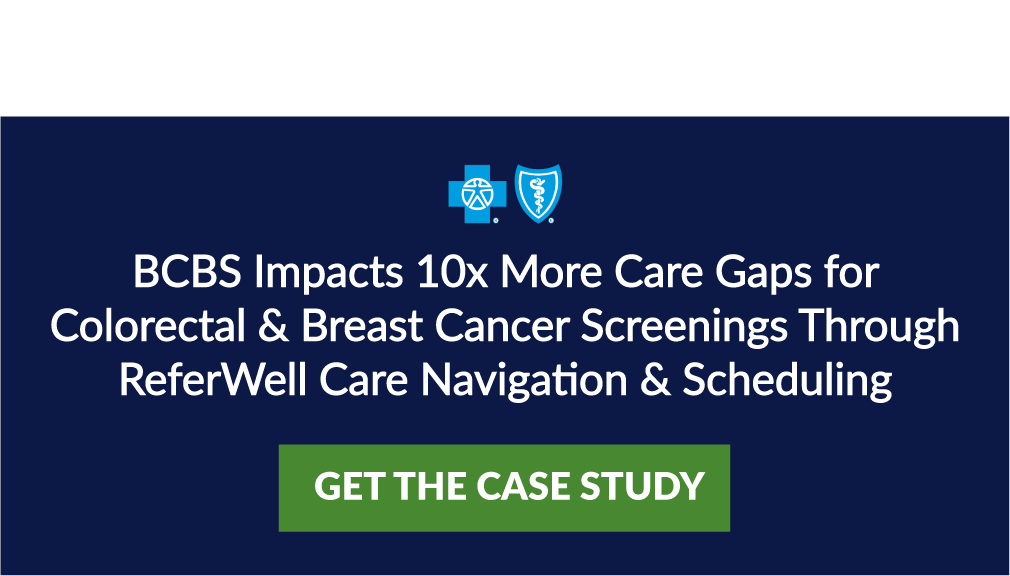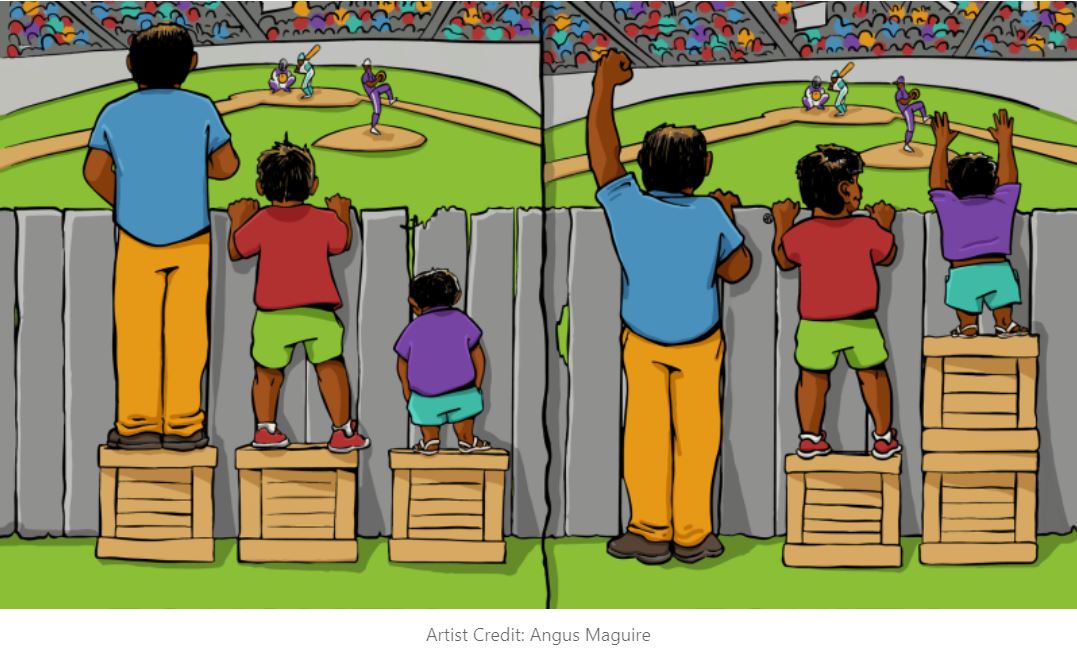You know the phrase – a picture is worth 1,000 words. That’s what I think as I look at this photo that a friend and former colleague of mine, Dr. Shayan Vyas, shared recently. On one hand, the concept of health equity is quite complex. But to simplify it, you only need to look at this image that depicts the end result of reducing inequities.
Equity is portrayed in this photo by all fans having exactly the same view of the game. Notice that each viewer needs a different level of resources to get them to the same viewpoint. Now, apply that description to healthcare:
Health equity is ensuring everyone has access to the resources they need to achieve good health.
Something else stands out to me in this image; the resources (boxes, in this case) are already there, at the disposal of those who need them. Nothing altogether new was needed to support equity. The onlookers simply took the resources available and leveraged them in a different way.
The equity challenge in this photo and the equity challenge in healthcare are not new; they’ve been around for ages. Continuing our parallel to healthcare, many health plans are already advancing health equity by offering their members resources to address social, economic and cultural barriers to care.
Now, to get members to use these resources – payers must help beneficiaries leverage these resources in a different way.
But we don't need to invent some new technology or solution to address this issue. What health plans can do is take action, with the great resources they already have, and start now.
What I see all too often is that people spend an enormous amount of time debating a more perfect definition – so that they can pull together a perfect analytical view – to give them the perfect segmentation of members – so that they can address each one systematically with perfectly designed programs.
The challenge here (and with all of healthcare) is that humans don’t fit neatly into categories. So each time we try to design a perfect solution, the day it’s deployed it’s either out of date or breaks because it’s so fragile and complex. It appears that everything freezes up, when one person doesn’t fit into a category, because there’s no clarity on what to do then.
Meanwhile, and throughout history those who act — given what they already know and what resources they have — make significantly more progress than those who sit back and wait for the perfect answer.
That begs the question, what can you do as a health plan leader to act now while you’re also doing a deeper analysis? It’s simple, really. Health plans already have a tremendous number of SDoH benefits and resources available to their members. The key is getting into a meaningful conversation with members to build trust and find out what their individual, unique challenges are, and then eliminate those barriers by deploying the resources (represented by the boxes in the image we just reviewed) to help them. Often, the fastest way to break through those barriers is to schedule appointments for care and social services when you’re already engaging with them.
Yes, it’s possible to act today (not to mention you’ll get an even clearer picture of what’s really holding your members back). Check out how some of our clients are doing this today. We’ve even seen that in retrospective data reviews this approach has an outsized impact on those needing the most help.
It has been said “Perfect is the enemy of good enough,” and it seems to apply here. So often, the best thing to do is start before you’ve found the perfect solution and then adjust as you go. You already have all of the boxes sitting in front of you, just connect with your members and see how they need help stacking them up to get the best possible view of their healthcare journey.



 © COPYRIGHT REFERWELL
© COPYRIGHT REFERWELL 